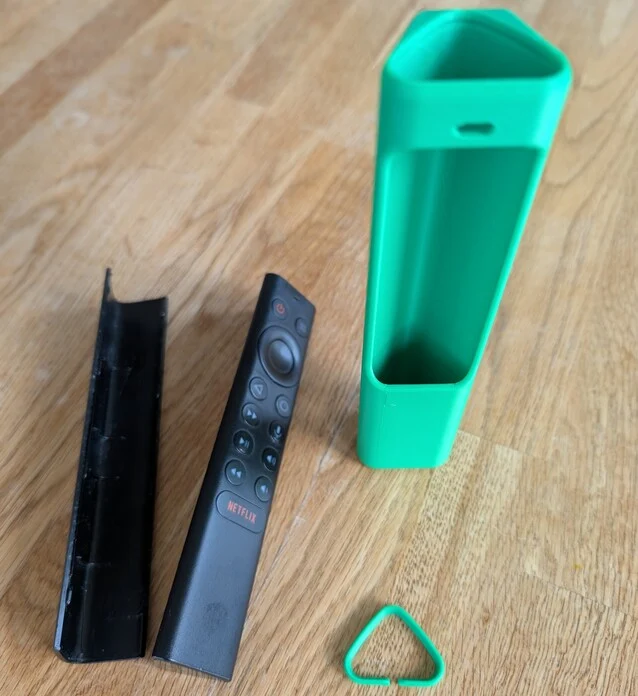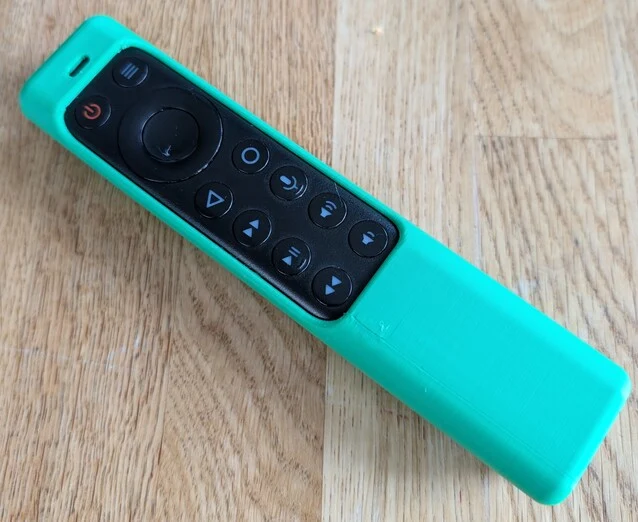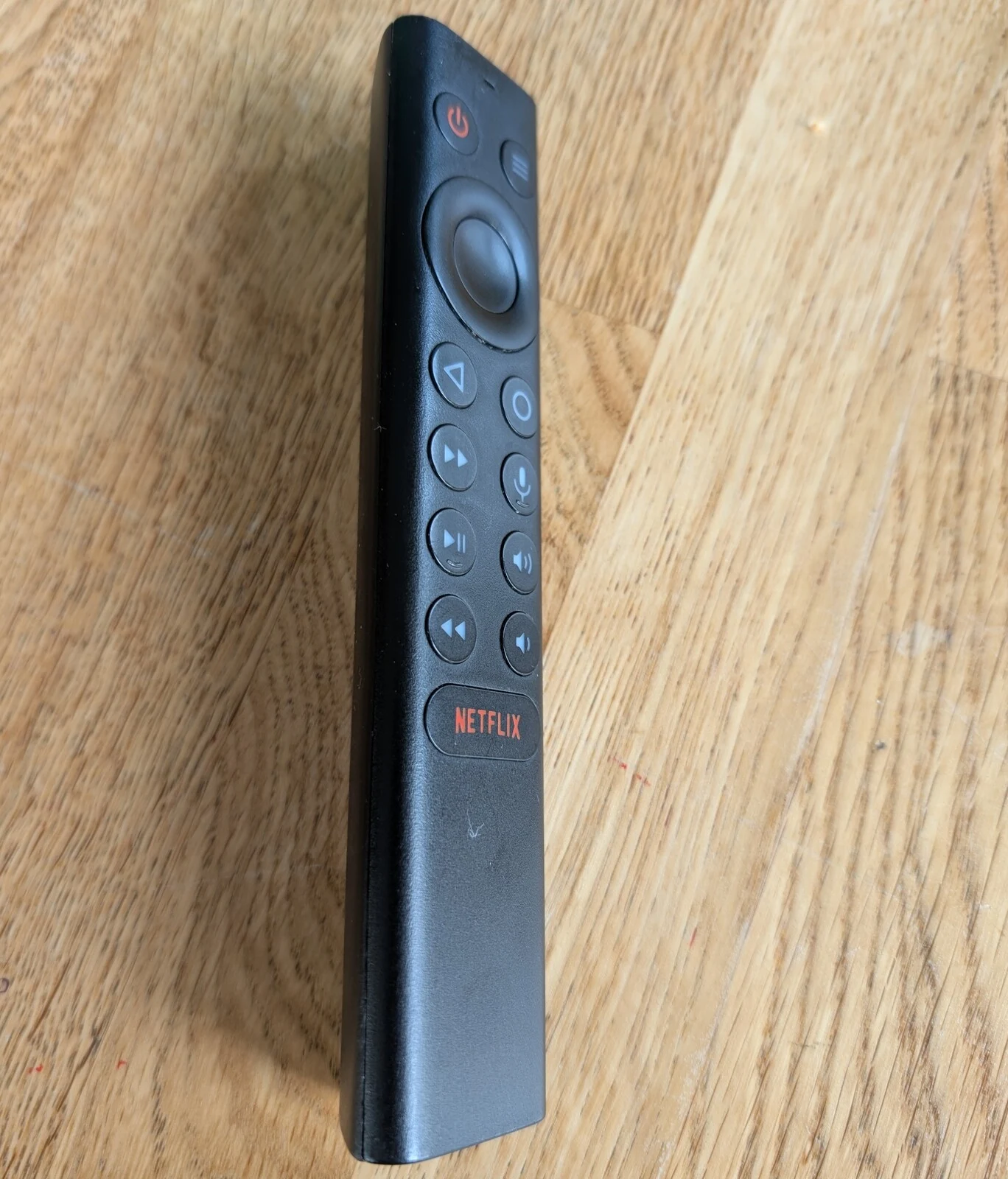Key Takeaways
1. The Nvidia Shield remains a solid, if expensive, Android TV option as it approaches its sixth anniversary, thanks to ongoing updates.
2. The original Shield remote has frustrating design issues, such as a triangular shape that makes it hard to place flat and an oversized Netflix button that can be easily activated accidentally.
3. Users can download and print a free case for the Shield remote that improves usability and addresses the annoying Netflix button issue without permanent modifications.
4. The new case design allows the remote to rest securely on surfaces and makes button pressing easier while preserving the IR blaster functionality.
5. The case adds weight to the remote, making it more durable and less likely to get lost, showcasing the creativity of the 3D printing community.
The Nvidia Shield, which can be found on Amazon, is nearing its sixth anniversary. By 2025, it might not hold the title of the top Android TV, but it remains a reasonable, if somewhat pricey, choice. Many of these devices are probably still in use due to the consistent updates they receive.
Remote Control Issues
Even when it was first released, the Shield remote had some frustrating features. For instance, pressing the buttons without lifting it can be nearly impossible because of its triangular shape, which prevents it from lying flat. Additionally, the oversized Netflix button is annoyingly easy to activate accidentally while grabbing the remote, which often leads to an abrupt exit from whatever show you were watching to a streaming service you might not even be subscribed to.
Alternative Solutions
While it is possible to re-map that pesky button to a more useful function, this trend of having dedicated streaming buttons is similar to adding unnecessary software features that can’t be removed. Luckily, there is a solution for the Shield remote thanks to Karl Toastbrot over on Printables.
You can download and print a case for the Shield TV remote at no cost, and it doesn’t need glue or any changes to use. The remote fits securely inside the case, with openings for the main buttons and the microphone, while a notched clip keeps everything snug. There are two versions of the print available: one exposes all buttons, whereas the other hides the Netflix button. Some Shield users have resorted to supergluing the button to disable it, but this simple alternative offers a much better option without making permanent modifications.
Enhanced Design
The new case keeps the original remote’s triangular shape, but the back corner has been flattened, allowing the remote to rest on a table without tipping over. This design also makes it easier to press buttons without lifting the device. One of the great features of the Shield remote is its IR blaster, which can control other audio equipment like receivers, and this functionality is preserved with the new case.
With the added weight, the remote is likely to endure more rough handling from kids or pets, is less prone to disappearing into the couch, and if printed with glow-in-the-dark material, will be easier to find.
In summary, while the Shield remote fulfills its basic purpose, the new case is a far better option than using gaffer tape to hold the battery door. These minor enhancements highlight the creativity and design talents of the 3D printing community.
Source:
Link




Leave a Reply